Filter by
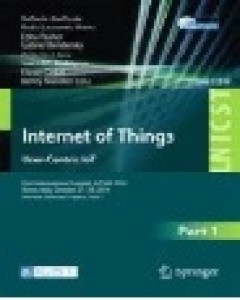
Internet of Things. User-Centric IoT: First International Summit, IoT360 2014…
The two-volume set LNICST 150 and 151 constitutes the thoroughly refereed post-conference proceedings of the First International Internet of Things Summit, IoT360 2014, held in Rome, Italy, in October 2014. This volume contains 74 full papers carefully reviewed and selected from 118 submissions at the following four conferences: the First International Conference on Cognitive Internet of Thing…
- Edition
- -
- ISBN/ISSN
- 978-3-319-19656-5
- Collation
- -
- Series Title
- -
- Call Number
- -

Structure-Preserving Algorithms for Oscillatory Differential Equations II
This book describes a variety of highly effective and efficient structure-preserving algorithms for second-order oscillatory differential equations. Such systems arise in many branches of science and engineering, and the examples in the book include systems from quantum physics, celestial mechanics and electronics. To accurately simulate the true behavior of such systems, a numerical algorithm …
- Edition
- -
- ISBN/ISSN
- 978-3-662-48156-1
- Collation
- XV, 298
- Series Title
- -
- Call Number
- -
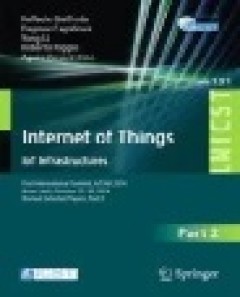
Internet of Things. IoT Infrastructures: First International Summit, IoT360 2…
The two-volume set LNICST 150 and 151 constitutes the thoroughly refereed post-conference proceedings of the First International Internet of Things Summit, IoT360 2014, held in Rome, Italy, in October 2014. This volume contains 30 revised full papers carefully reviewed and selected from 51 submissions at the following three conferences: the First International Conference on Mobility and Smart …
- Edition
- -
- ISBN/ISSN
- 978-3-319-19743-2
- Collation
- -
- Series Title
- -
- Call Number
- -

Structure-Based Mechanics of Tissues and Organs
This book portrays the commonality of tissue micro-structure that dictates physiological function in various organs (microstructure-function relation). Tissue and organ models are used to illustrate physiological functions based on microstructure. Fiber scale properties such as orientation and crimp are described in detail. Structurally-based constitutive models are given throughout the book, n…
- Edition
- -
- ISBN/ISSN
- 978-1-4899-7630-7
- Collation
- XXXIV, 469
- Series Title
- -
- Call Number
- -
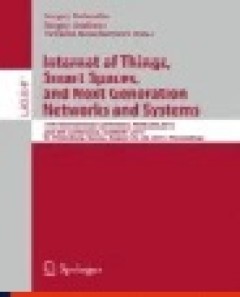
Internet of Things, Smart Spaces, and Next Generation Networks and Systems: 1…
This book constitutes the joint refereed proceedings of the 15th International Conference on Next Generation Wired/Wireless Advanced Networks and Systems, NEW2AN 2015, and the 8th Conference on Internet of Things and Smart Spaces, ruSMART 2015, held in St. Petersburg, Russia, in August 2015. The 74 revised full papers were carefully reviewed and selected from numerous submissions. The 15 papers…
- Edition
- -
- ISBN/ISSN
- 978-3-319-23126-6
- Collation
- -
- Series Title
- -
- Call Number
- -
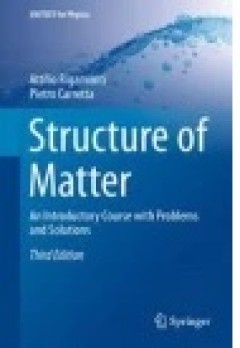
Structure of Matter
This textbook, now in its third edition, provides a formative introduction to the structure of matter that will serve as a sound basis for students proceeding to more complex courses, thus bridging the gap between elementary physics and topics pertaining to research activities. The focus is deliberately limited to key concepts of atoms, molecules and solids, examining the basic structural aspec…
- Edition
- -
- ISBN/ISSN
- 978-3-319-17897-4
- Collation
- XXII, 604
- Series Title
- 2198-7890
- Call Number
- -
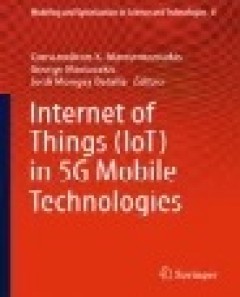
Internet of Things (IoT) in 5G Mobile Technologies
This book reports on the latest advances in the modeling, analysis and efficient management of information in Internet of Things (IoT) applications in the context of 5G access technologies. It presents cutting-edge applications made possible by the implementation of femtocell networks and millimeter wave communications solutions, examining them from the perspective of the universally and consta…
- Edition
- -
- ISBN/ISSN
- 978-3-319-30913-2
- Collation
- -
- Series Title
- -
- Call Number
- -
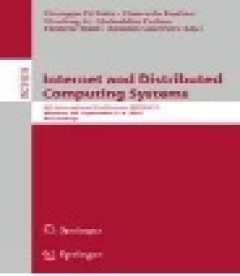
Internet and Distributed Computing Systems: 8th International Conference, IDC…
This book constitutes the refereed proceedings of the 8th International Conference on Internet and Distributed Computing Systems, IDCS 2015, held in Windsor, UK, in September 2015. The 19 revised full and 6 revised short papers presented were carefully reviewed and selected from 42 submissions. The selected contributions covered cutting-edge aspects of Cloud Computing and Internet of Things, se…
- Edition
- -
- ISBN/ISSN
- 978-3-319-23237-9
- Collation
- -
- Series Title
- -
- Call Number
- -
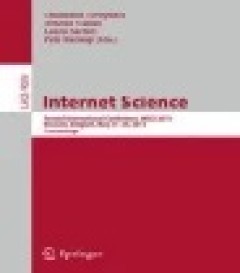
Internet Science: Second International Conference, INSCI 2015, Brussels, Belg…
This book constitutes the proceedings of the Second International Conference on Internet Science, INSCIE 2015, held in Brussels, Belgium, in May 2015. The 10 papers presented were carefully reviewed and selected for inclusion in this volume. They were organized in topical sections named: internet and society; internet and governance; and internet and innovation.
- Edition
- -
- ISBN/ISSN
- 978-3-319-18609-2
- Collation
- -
- Series Title
- -
- Call Number
- -
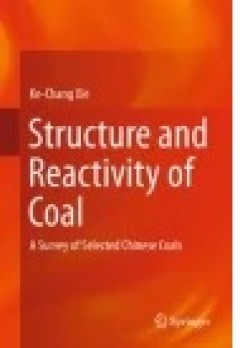
Structure and Reactivity of Coal
This book provides insights into the development and usage of coal in chemical engineering. The reactivity of coal in processes such as pyrolysis, gasification, liquefaction, combustion and swelling is related to its structural properties. Using experimental findings and theoretical analysis, the book comprehensively answers three crucial issues that are fundamental to the optimization of coal …
- Edition
- 1
- ISBN/ISSN
- 978-3-662-47337-5
- Collation
- IX, 413
- Series Title
- -
- Call Number
- -
 Computer Science, Information & General Works
Computer Science, Information & General Works  Philosophy & Psychology
Philosophy & Psychology  Religion
Religion  Social Sciences
Social Sciences  Language
Language  Pure Science
Pure Science  Applied Sciences
Applied Sciences  Art & Recreation
Art & Recreation  Literature
Literature  History & Geography
History & Geography